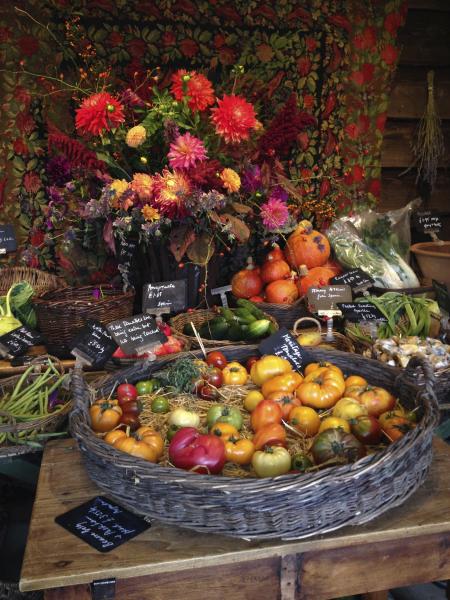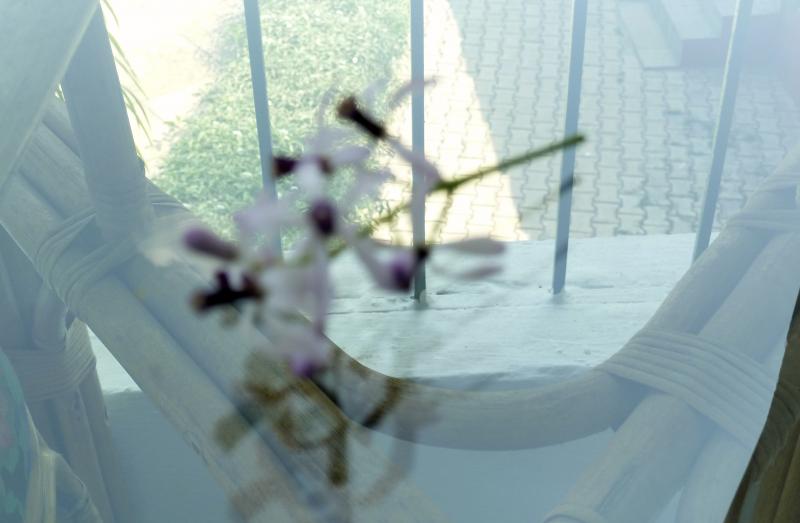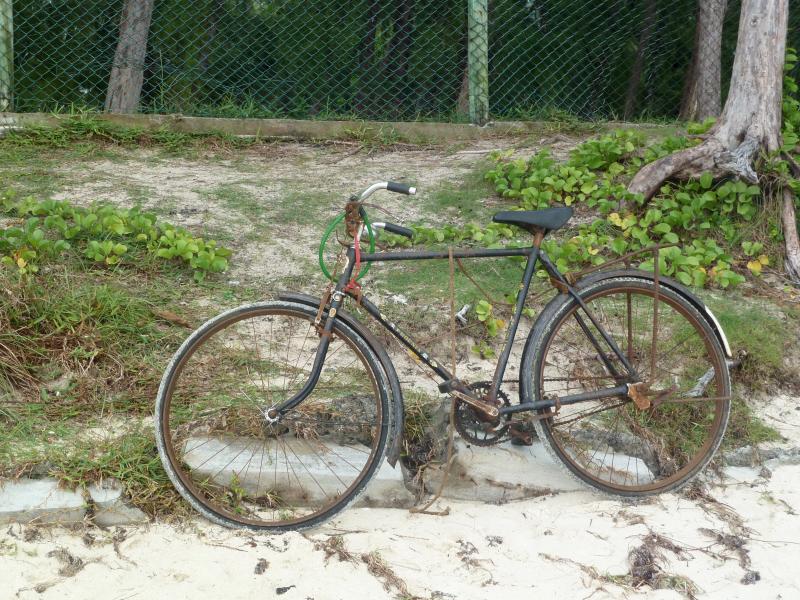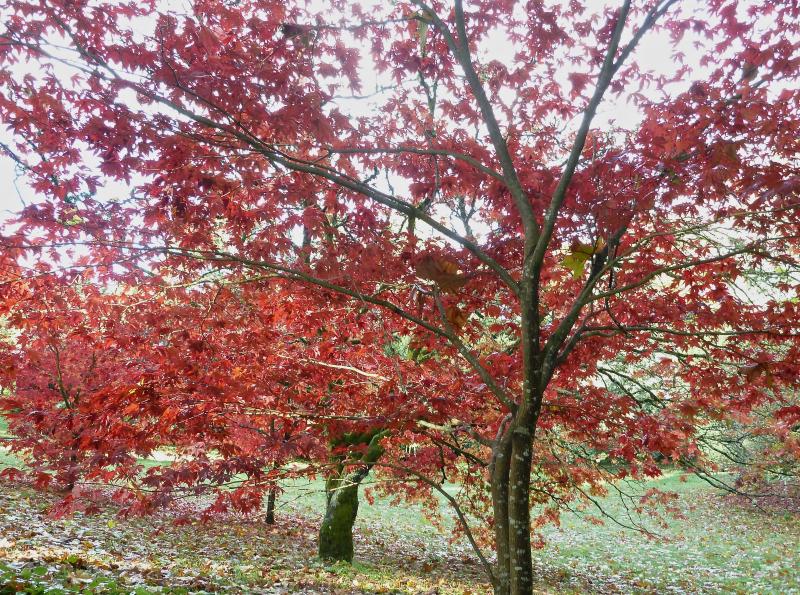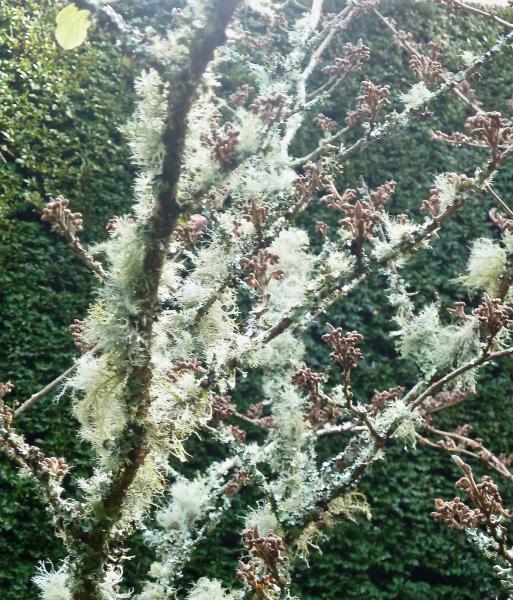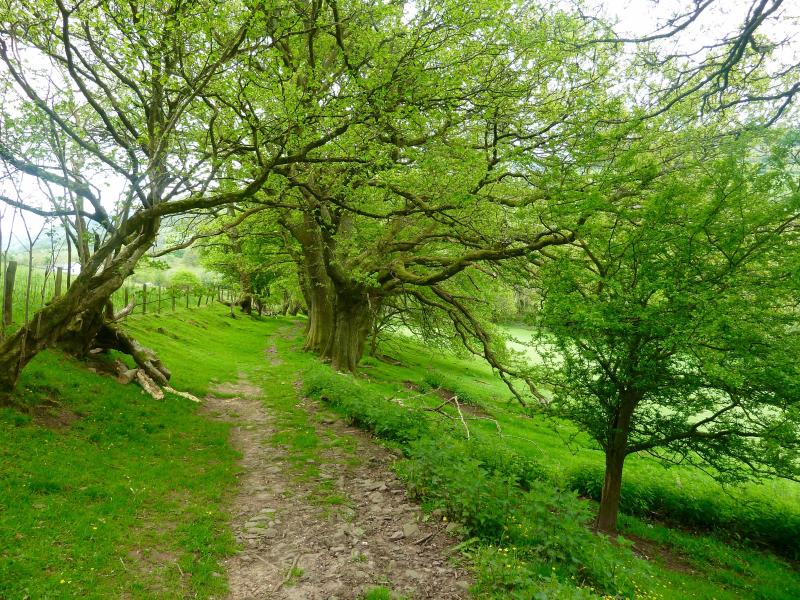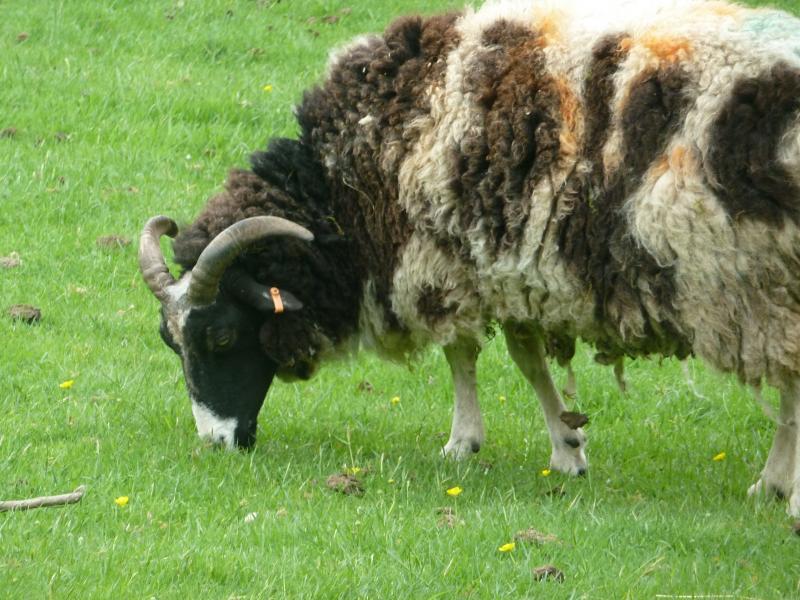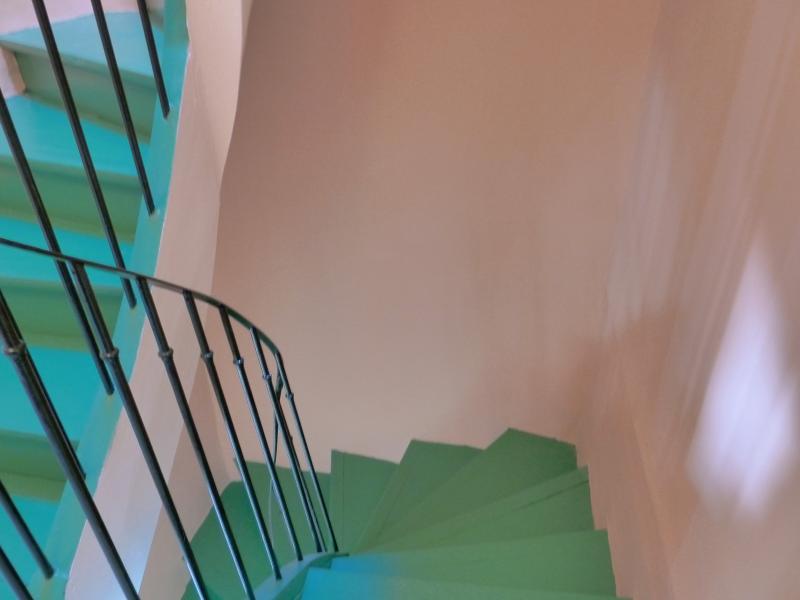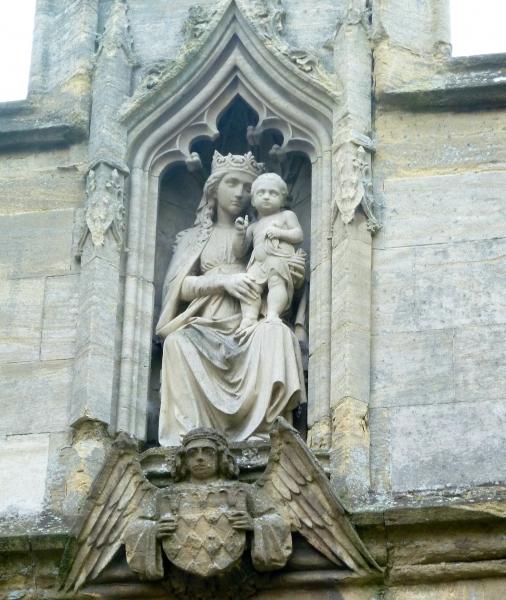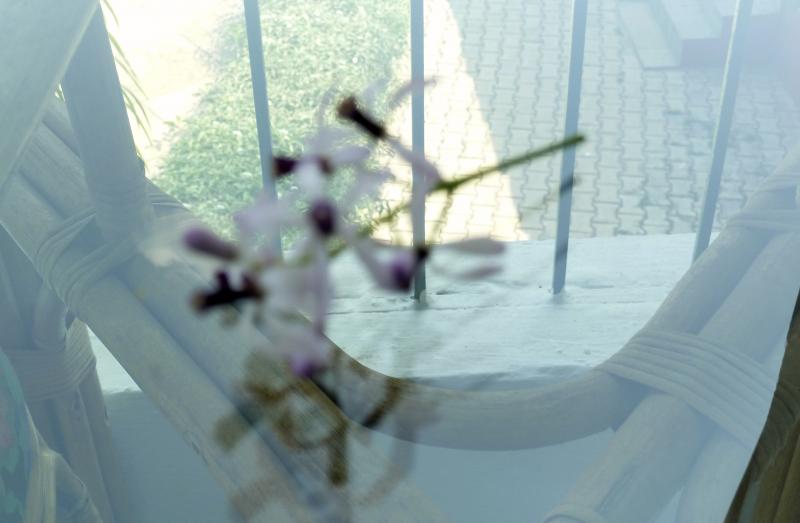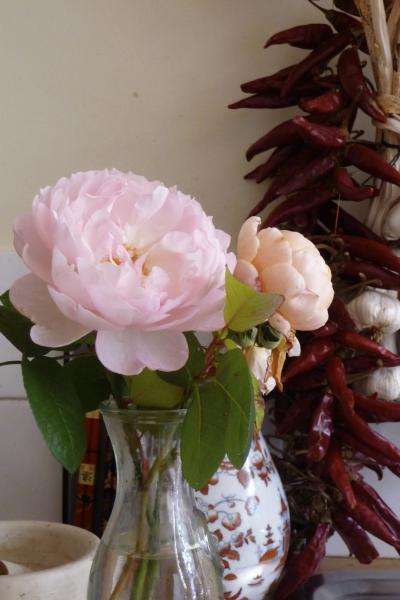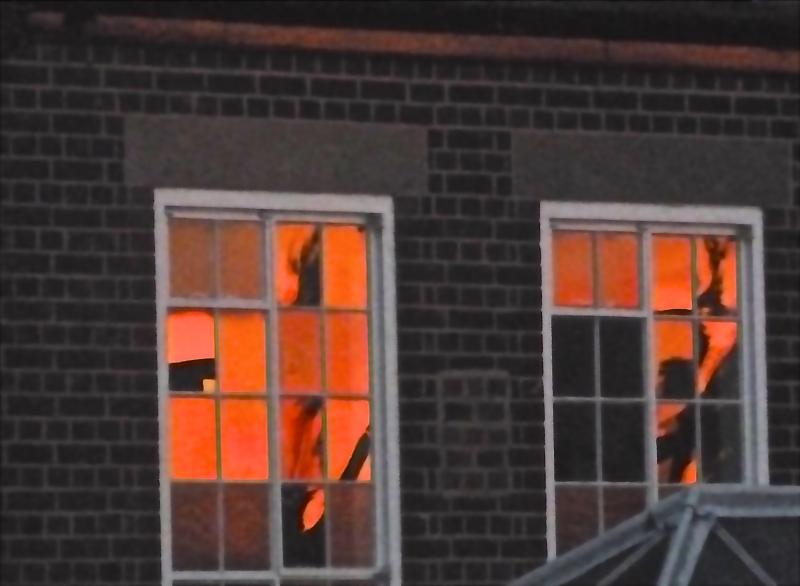
I’d never been to the Camargue before, the home of salt marshes, red rice, wild horses and pink flamingoes and because I was curious to witness the great annual gypsy pilgrimage to Saint Sara Kali in the fishing village of Saintes Maries de la Mer, I held my nose and took the dreaded R-Air.
Dawdling down the roads through the wetlands (inevitably tailgated by irate French) I saw skies of astonishing compass, one end stacked with indigo cumulus arcing to powdery cirrus and every other variety- cirrocumulus, altostratus, nimbostratus, altocumulus – in the complete spectrum of greys, blues, purples, greens, creams reflected in paddyfields.
Nearer Saintes Maries de la Mer squadrons of caravans and trailers and a few wooden barrel roulottes crowded every inch of the landscape. I was lucky enough to squeeze my rental Polo into a space that reeked of drains. In the village squares mahogany coloured gypsies were singing , dancing and playing instruments.
All the groups played with skill and heart, but the flamenco singers from Andalusia were like men mesmerized and it was hard to move on.






They were on home ground, having come to light a candle to their own Saint Sara Kali who is a distant relative of Goddess Durga Kali in far-away India. It’s now established that the gypsies migrated from Rajasthan sometime during the 11th century, trekking through the Thar and Arabian deserts to Egypt, Turkey, the Balkans, Spain and eventually Ireland.
Candles blazed in the crypt and the dark goddess/saint’s eyes carried a power which had a quality of other-worldly intensity.
“Mes plus belles priéres
Dont neé en souffle du vent
Et de ventre de la mer
Sur un lit de sable blanc
Grand, comme les bras du desert….”

Something twanged past my ear. It was a long rubber band wielded by a mischievous gypsy boy. His stately grandmother apologised to me and gave him a clip round the ear.














